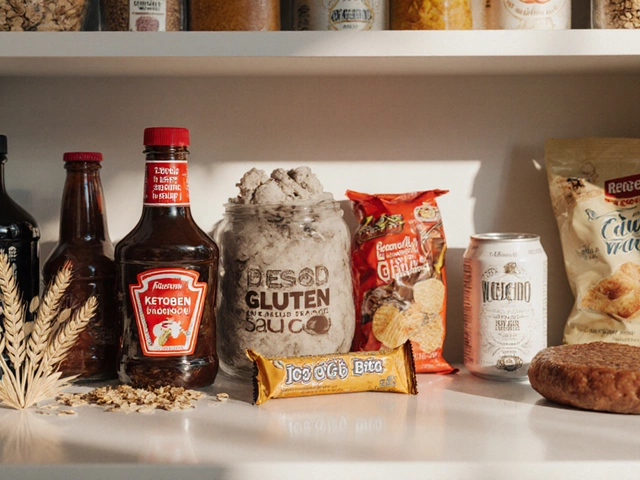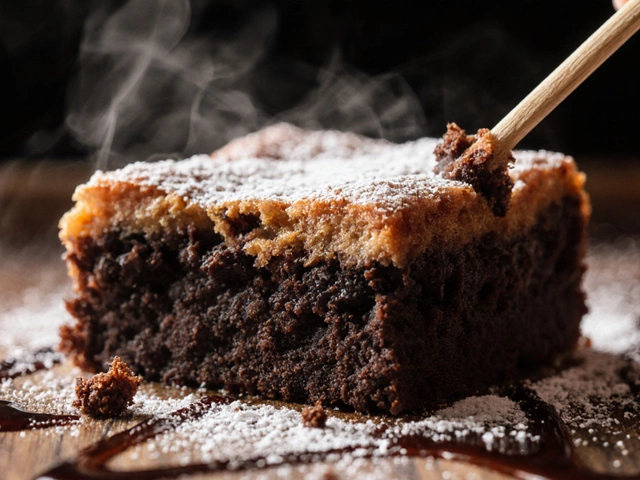Italian Food: Sweet Classics, Stories, and Simple Recipes
If you love a good tiramisu or a crunchy cannoli, you’ve landed in the right spot. This page gathers the most popular Italian sweet treats, shows you why they matter, and gives you easy steps to make them at home. No fancy jargon, just clear guidance.
Why Italian Desserts Keep Winning Hearts
Italian sweets are built on a few basic ideas: fresh ingredients, balanced flavors, and a touch of tradition. Tiramisu, for example, started as a coffee‑soaked layered cake in the Veneto region. Its name means “pick me up,” a nod to the energizing espresso. Knowing the story behind each dessert helps you appreciate the flavors and makes the baking process more fun.
Cannoli, the crisp tube filled with sweet ricotta, came from Sicily centuries ago. Legend says they were first made for wedding celebrations, and the original fillings included candied citrus peel and chocolate chips. Today, people still use the same simple mix of ricotta, sugar, and vanilla, which means you can recreate that authentic taste with just a few pantry items.
Quick Tips to Nail Classic Italian Sweets
1. Use real espresso. For tiramisu, skip the instant coffee powder. Brew a strong shot, let it cool, and dip the ladyfingers quickly. The real coffee flavor shines through.
2. Keep cannoli shells dry. Moisture is the enemy of crispness. After frying, let the shells rest on a wire rack for at least 30 minutes before filling. This prevents soggy bites.
3. Balance sweetness. Italian desserts rarely go overboard. Taste your ricotta filling before stuffing the cannoli and adjust sugar if needed. A pinch of salt can also boost flavor.
These three habits alone improve most of the recipes you’ll find on this tag page.
Beyond tiramisu and cannoli, the tag includes posts about fudge temperature, brownie safety, and gluten‑free cake tips. While those aren’t Italian, the same principles—proper temperature control, clear signs of spoilage, and science‑backed baking—apply to Italian sweets too. For instance, mastering the soft‑ball stage helps you achieve a silky tiramisu mousse if you ever decide to make a chocolate version.
Feel free to explore each article for deeper details. The tiramisu history post explains how the dessert evolved from a simple layered cake to a global favorite. The cannoli origin piece uncovers myths and regional twists, giving you ideas to personalize your own version.
Ready to try one? Grab a pan, fire up the espresso, and give the tiramisu recipe a whirl. Or, if you have a deep‑fried craving, roll up your sleeves and make fresh cannoli shells. Either way, you’ll be tasting a slice of Italy right at home.
Enjoy the sweet journey and remember: the best Italian desserts are made with love, quality ingredients, and a dash of history. Happy baking!

What Is the Favorite Dish of Italians? Unveiling Beloved Italian Foods
Discover what truly captures the hearts—and taste buds—of Italians, from their most beloved dishes to the unique food traditions and modern cravings.
View More



